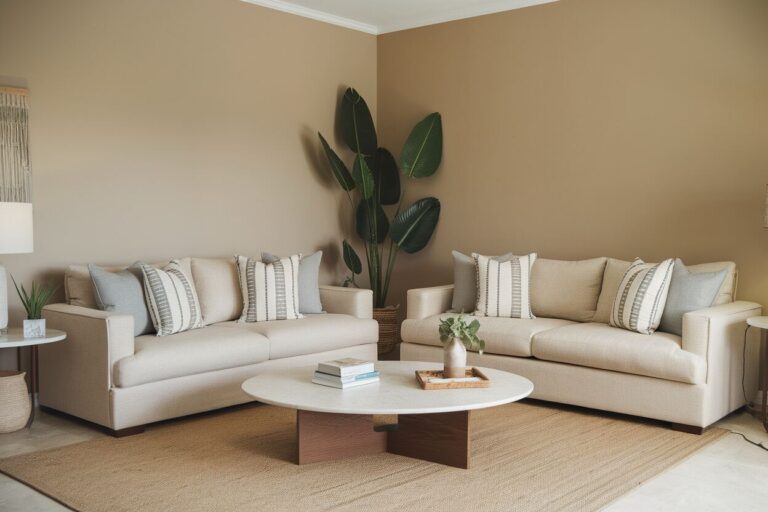In this blog, I will share how opposition in interior design can transform a space. Opposition is all about using contrasts: light and dark, soft and hard, bold and subtle to create balance and harmony. It adds depth, movement, and personality to a room, making it visually dynamic and engaging.
When used correctly, opposition keeps a design from feeling flat or monotonous. A plush sofa against a sleek metal coffee table or a bold black accent wall in a neutral space can make a room feel both exciting and balanced.
Let’s explore how you can use this technique to bring energy and sophistication into your home.
Understanding Opposition in Interior Design
The Role of Contrasting Elements
Opposition in interior design relies on contrast to create an engaging and visually dynamic space. This contrast can be achieved through elements such as colors, materials, textures, and shapes. When combined thoughtfully, these oppositional forces prevent a room from feeling dull or monotonous.
For example, a soft, plush sofa paired with a sleek, angular coffee table adds both comfort and structure. Similarly, a bold black-and-white color scheme creates an eye-catching contrast.
A mix of rough and smooth textures, like a rustic brick wall against glossy modern furniture, adds depth and dimension. These elements work together to maintain interest without overwhelming the design.
Contrast should always be intentional. A space that lacks balance between opposing elements may feel chaotic. The key is to integrate these contrasts in a way that enhances the room’s aesthetics while keeping it functional and cohesive.
Balance and Harmony Through Opposition
While contrast is essential for visual appeal, maintaining balance is just as important. Opposition should not lead to a clash but rather a carefully structured design where different elements complement each other.
A well-balanced space ensures that no single element overpowers the rest. For instance, if a living room has bold, attention-grabbing artwork, keeping the surrounding furniture simple prevents visual overload.
In a kitchen, dark cabinetry can be balanced with light countertops to maintain an airy feel. Even in smaller spaces, playing with opposites, like a mix of soft textiles with industrial metal accents, can create a well-rounded design.
Functionality is also key. In a high-traffic area like a kitchen, too many conflicting elements can make the space feel cluttered. Instead, contrast should be used strategically to highlight focal points while maintaining an easy flow.
Techniques for Implementing Opposition in Design
Contrast in Colors
Color contrast is one of the easiest ways to introduce opposition in interior design. Complementary colors, like blue and orange or red and green, create a bold and striking effect.
These high-contrast combinations add energy and excitement to a space, making them ideal for feature walls, furniture, or décor accents.
For a more subtle approach, consider monochromatic contrast. This technique uses different shades of the same color to create depth without overwhelming the eye.
Classic color oppositions like black and white, navy and gold, or charcoal and beige work well in both modern and traditional interiors.
These pairings add sophistication and can be used across walls, furniture, and accessories to define spaces with a clear visual structure.
Mixing Textures for Depth
Texture contrast adds dimension and character to a room. Pairing soft and hard textures creates balance, preventing a space from feeling too uniform.
A velvet sofa against a sleek metal coffee table or a plush rug over a concrete floor introduces tactile variety and visual depth.
You can combine rough and smooth finishes to enhance the sensory experience of a space. Exposed brick walls contrast beautifully with glossy cabinetry, while linen drapes soften the appearance of polished hardwood floors.
In practical applications, mixing textures works well in living areas and bedrooms. Upholstered furniture with wooden elements, ceramic vases on marble countertops, or rattan baskets.
Playing with Scale and Proportion
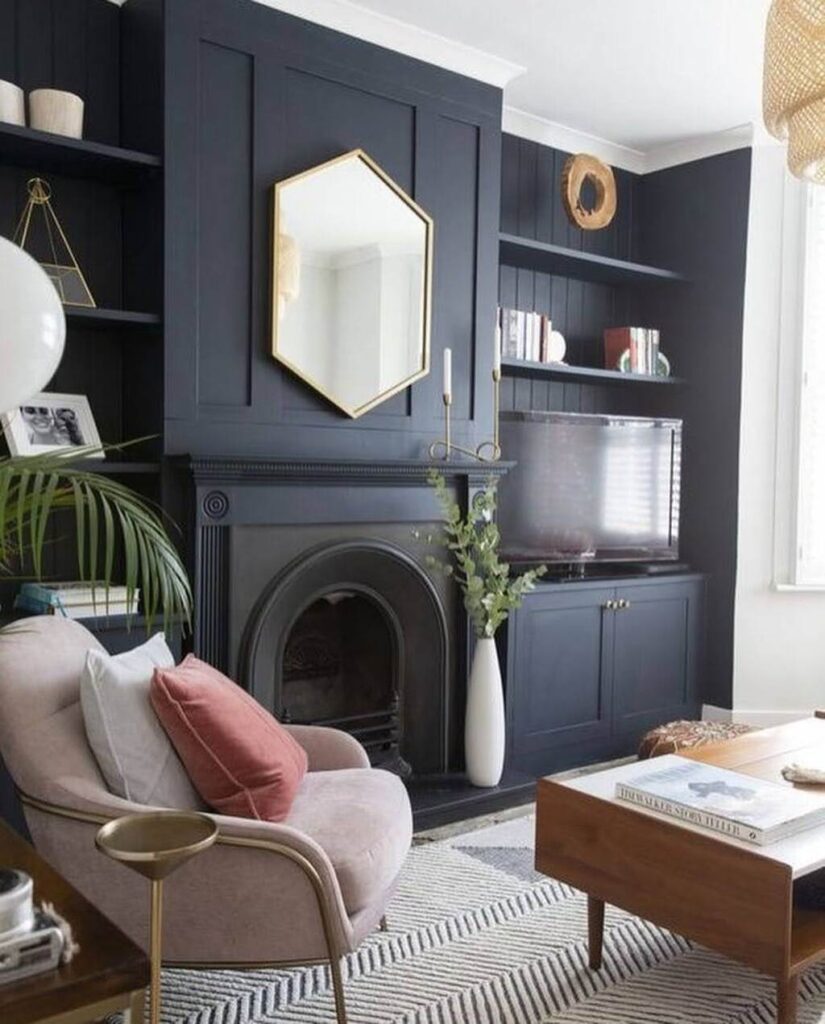
A varying scale adds movement and balance to a space. Large statement pieces like an oversized pendant light or a tall bookshelf, create focal points.
Pairing these with smaller, delicate accents, such as a slim-legged chair or a minimalist side table, prevents the space from feeling overwhelming.
The contrast in furniture size also enhances room dynamics. A grand sectional sofa can be softened with petite throw pillows.
A large dining table feels more inviting when surrounded by slender chairs. These size contrasts keep interiors from appearing static or monotonous.
When arranging different-sized elements, aim for a balance that feels intentional. Grouping smaller objects can create visual weight to counterbalance larger pieces.
Playing with scale ensures that the design remains engaging while maintaining a natural sense of flow.
Opposition in Home Décor
Color Pairing for Dimension
Color contrast adds depth and definition to any space. Pairing neutral tones with bold colors creates a dynamic look without overwhelming the room. A beige or gray backdrop allows vibrant hues like deep blue, mustard yellow, or emerald green to stand out.
Contrasting colors help define focal points. A dark accent wall behind a light-colored sofa draws attention. Brightly colored decor pieces pop against a muted background. You can highlight architectural details, furniture, or artwork in a balanced way.
For a refined approach, mix warm and cool tones. A navy blue and crisp white combination feels fresh, while a warm terracotta paired with soft gray creates a cozy atmosphere.
Texture and Material Combinations
Mixing textures adds depth and character to a space. Upholstery plays a key role in creating contrast.
A velvet sofa paired with a woven jute rug offers a rich tactile experience, while leather chairs against a linen curtain create a balanced contrast between sleek and soft.
Shiny and matte finishes also create visual appeal. A glossy kitchen backsplash against a matte stone countertop makes each element stand out.
Similarly, a polished wood dining table contrasts beautifully with textured fabric chairs.
You can try mixing glass with rough-hewn wood or metallic accents with plush textiles. These combinations add variety and prevent a space from feeling one-dimensional.
The Psychological Impact of Opposition in Design
Color choices impact mood and perception. Bright tones, like yellow and red, create energy and excitement. Muted shades, such as pastels and earth tones, promote calmness and relaxation.
Black and white schemes offer a strong psychological effect. Black adds depth and sophistication, while white brings openness and clarity.
Together, they create a timeless, high-contrast look that feels both bold and balanced. This pairing works well in modern interiors where structure and simplicity are key.
For a softer contrast, you can pair warm neutrals with cool blues or greens to create a harmonious space. This method allows for emotional balance, ensuring that no single tone overwhelms the design.
Texture and Material Perception
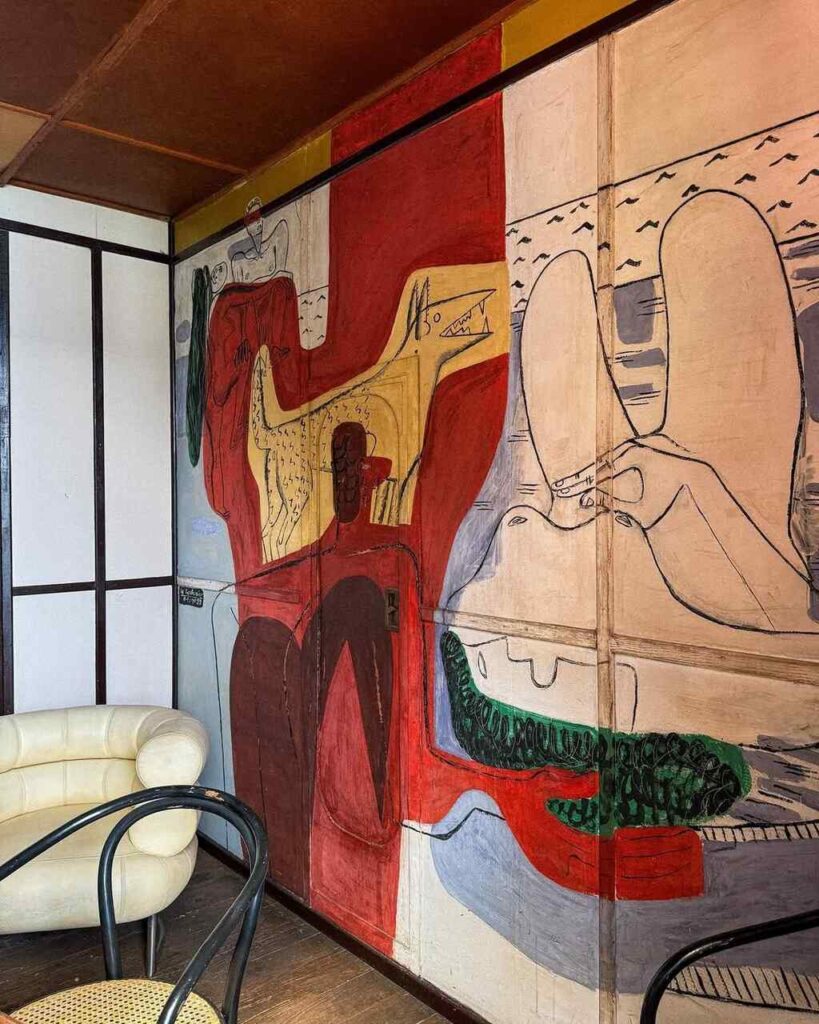
Texture influences how a space feels, both physically and emotionally. Soft materials, like plush rugs or velvet upholstery, add warmth and comfort. Hard surfaces, such as metal or glass, introduce structure and stability. A well-balanced mix creates depth and interest.
Warm textures, like wood and woven fabrics, make a room feel cozy and inviting. Cool textures, such as polished stone and ceramic, add a sleek and refreshing touch. Combining both helps regulate mood and prevents a space from feeling too rigid or too relaxed.
Think about how you want your space to feel. A bedroom benefits from soft, touchable fabrics, while a workspace may require a mix of hard surfaces for focus and efficiency. The right combination of textures enhances both function and comfort.
Shape and Form in Emotional Design
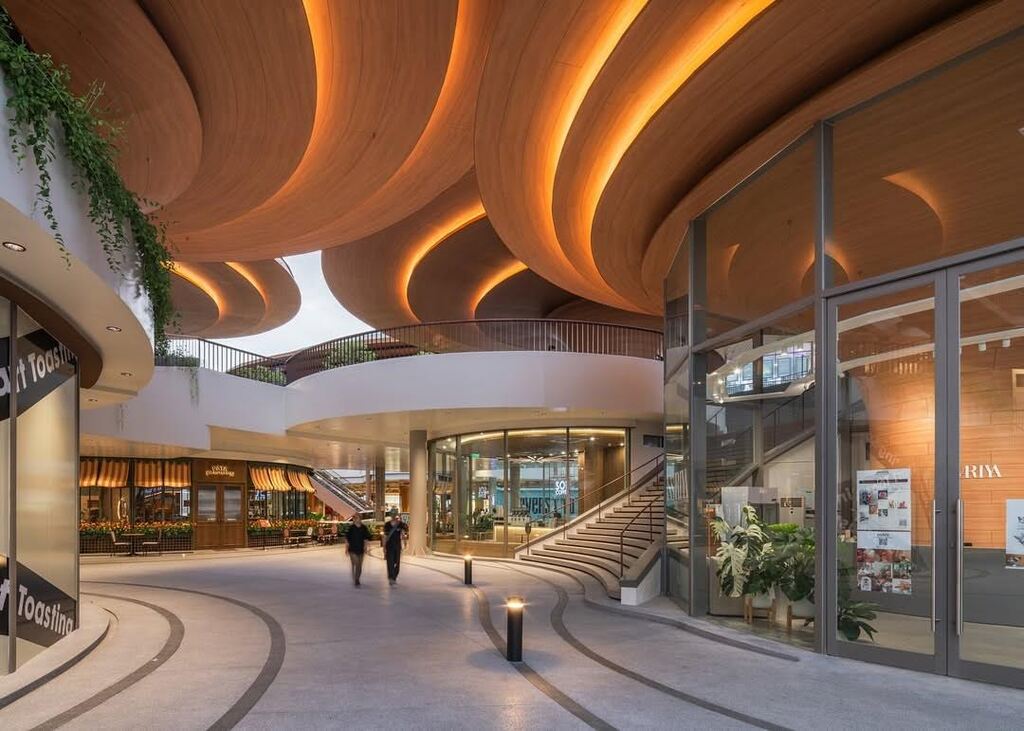
Shapes influence how a room is perceived. Curved lines feel soft and welcoming, making them ideal for relaxed settings like bedrooms or lounges. Straight lines convey order and precision, often used in offices and modern interiors.
A structured, angular sofa can be softened with rounded cushions. A circular mirror in a space with straight-edged furniture introduces fluidity.
This interplay creates a visually pleasing contrast. Opposition in form keeps a design from feeling one-dimensional.
Too many straight lines can make a space feel rigid, while excessive curves may lack structure.
Case Studies: Opposition to Interior Design
Case Study 1 – Yin and Yang in Minimalist Design
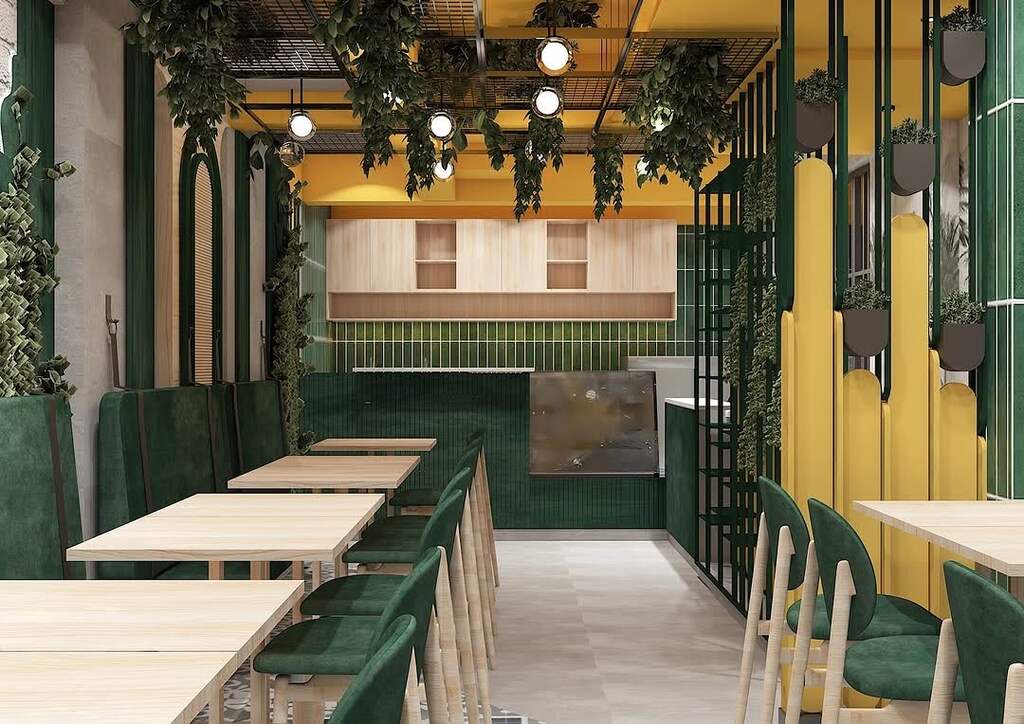
Minimalist design thrives on balance. It uses soft and hard elements to create harmony. A sleek concrete floor contrasts beautifully with a plush area rug. A glass coffee table paired with a cozy linen sofa keeps the space inviting yet structured.
You can combine white walls with black furniture to create a bold yet calming effect. Muted grays and warm wood tones add depth without overwhelming the space.
Minimalism is not about removing details but choosing them wisely. Soft lighting softens sharp edges.
A single statement piece stands out in an uncluttered room. The right mix of opposites creates a space that feels both refined and welcoming.
Case Study 2 – High-Contrast Kitchen Design
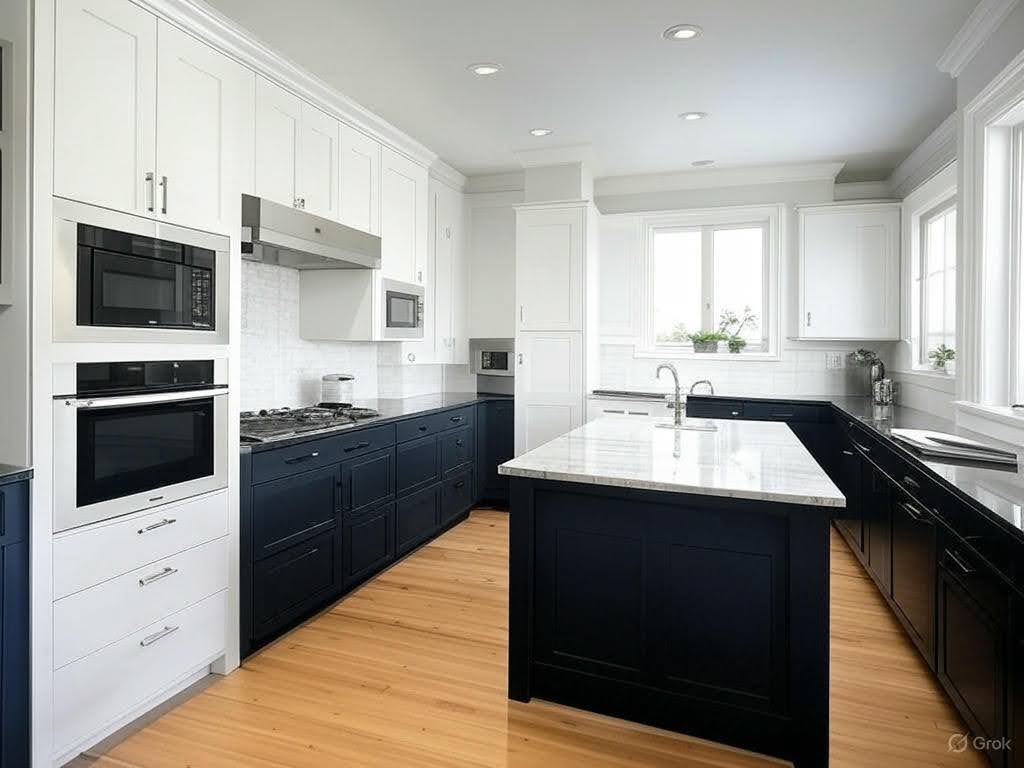
A kitchen benefits from contrast. Light cabinetry against dark countertops makes the space feel balanced and visually striking. White upper cabinets keep the room airy, while black or navy lower cabinets ground the design.
A geometric tile pattern in deep blue or emerald green creates a focal point. You can pair it with neutral countertops, it brings in just the right amount of contrast.
Finishing touches matter. Metallic hardware against matte cabinetry adds dimension. Glossy subway tiles reflect light, making a small kitchen feel larger.
Case Study 3 – Playful Patterns in a Child’s Room
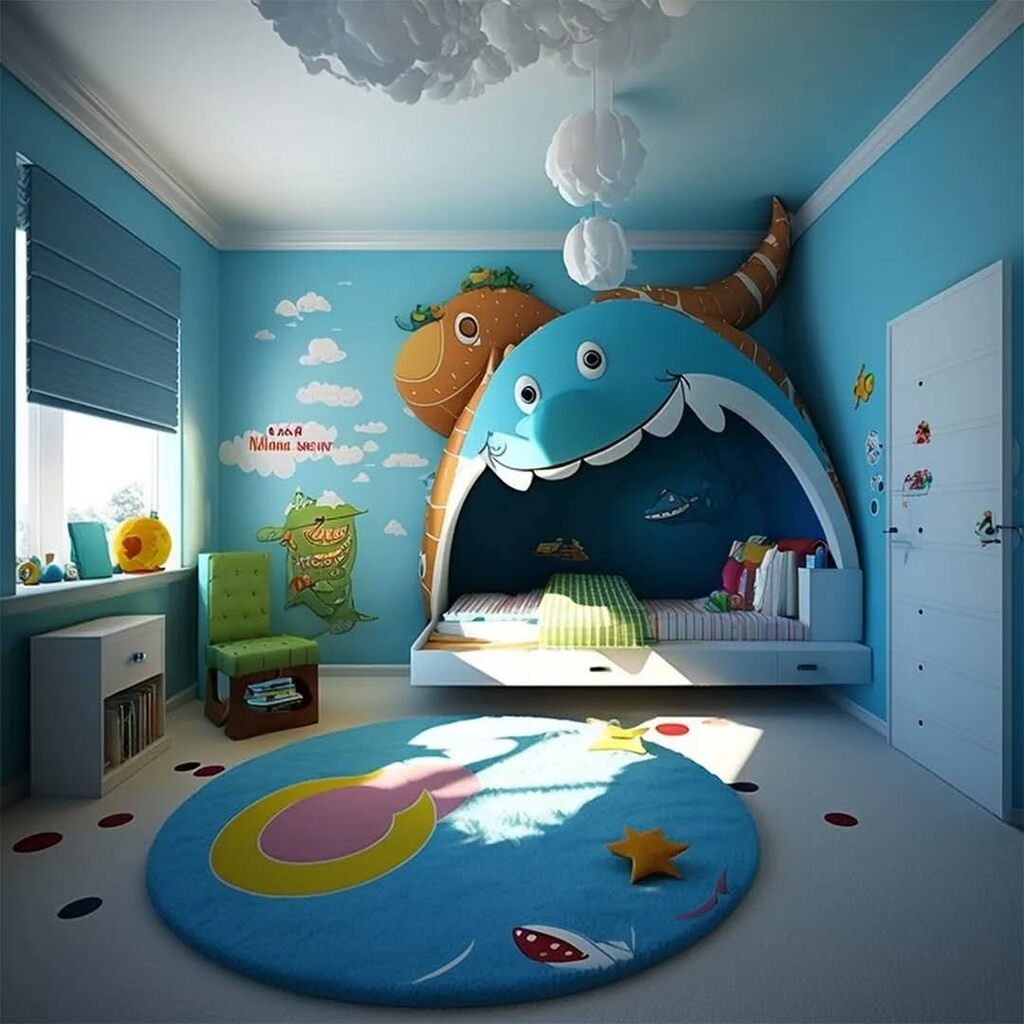
A child’s room should feel fun and engaging. Bright colors energize the space while muted tones provide balance. A vibrant accent wall paired with neutral bedding keeps the room from feeling too busy.
You can add striped curtains with polka dot rugs to create contrast. Pairing bold prints with solid furniture ensures harmony. The right balance prevents the room from feeling overwhelming.
Shapes also play a role. A round bean bag softens the look of boxy bookshelves. A mix of curved and straight elements keeps the design visually interesting.
Practical Tips for Using Opposition in Interior Design
You can start with a neutral base. Think white walls, light wood floors, or soft gray furniture. This gives you a blank canvas to layer in contrast without making the space feel chaotic.
Pick one dominant element and let it shine. The key is contrast without competition; let one feature take the lead while the others support it. Mix textures and patterns to add personality. Try a chunky knit throw over a smooth leather couch.
Layer a bold geometric rug under simple, modern furniture. Play with opposites to create depth and keep things interesting.
Use lighting to highlight contrasts. A warm pendant light over a cool marble countertop adds balance. Spotlights on textured walls make details pop. Lighting isn’t just functional—it helps bring out the best in your design choices.
You need to think about function, too. That glass coffee table may look amazing, but is it practical for your space?
A soft area rug might add warmth, but does it work in a high-traffic area? Balance beauty with everyday usability for a space that feels just right.
Conclusion
Opposition in interior design makes a space feel dynamic and well-defined. Thoughtfully pairing contrasts, light and dark, soft and hard, curved and straight, prevents monotony and adds personality. When used with purpose, opposition enhances both aesthetics and function.
The key is balance. Too much contrast creates chaos, while too little feels uninspired. By layering opposites strategically and using lighting to highlight focal points, you can design a space that feels both exciting and cohesive.
FAQ
What is opposition in interior design?
Opposition in interior design is the use of contrasting elements to create balance and interest. It can be achieved through color, texture, shape, or materials. A smooth marble table with a rough jute rug or bold black-and-white walls are great examples.
Why is opposition important?
Opposition prevents a room from feeling flat or dull. It adds depth, movement, and personality. The right balance of opposites, like soft and hard or light and dark, creates harmony. It helps define focal points, enhances function, and makes a space feel more intentional and thoughtfully designed.
How do I incorporate opposition in my home décor?
Start with a neutral base and layer in contrast. Pair smooth with textured, bold with subtle, and curved with straight. A plush sofa with a sleek metal coffee table or dark cabinets with a light backsplash creates balance.
Can too much opposition be a bad thing?
Yes, too much contrast can feel chaotic. Balance is key. If you have bold colors, soften them with neutrals. If you mix textures, ensure they complement rather than compete. The goal is contrast with cohesion, not visual overload.
How do I achieve balance while using opposition?
Choose one dominant feature and contrast it with supporting elements. If you have dark furniture, use lighter walls. If you mix patterns, vary their scale. Keep proportions in check and distribute contrasts evenly.
What emotions can opposition evoke in a space?
Opposition creates energy, excitement, and depth. High contrast, like black and white, feels bold and dramatic. Soft and hard textures together bring warmth and structure. Curved and straight lines add movement.

